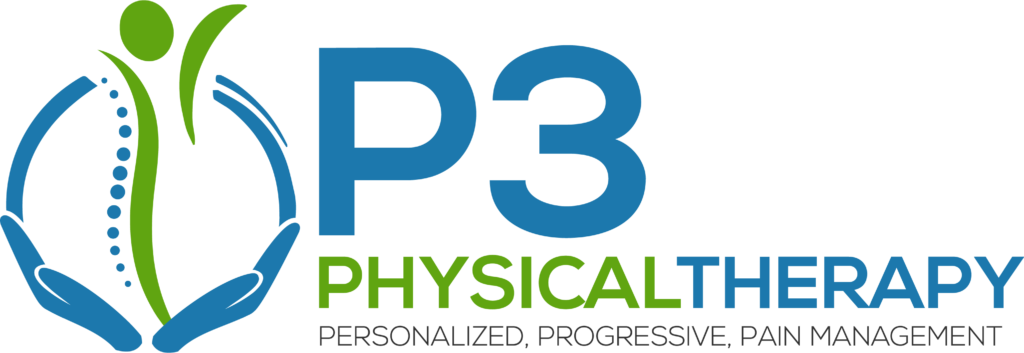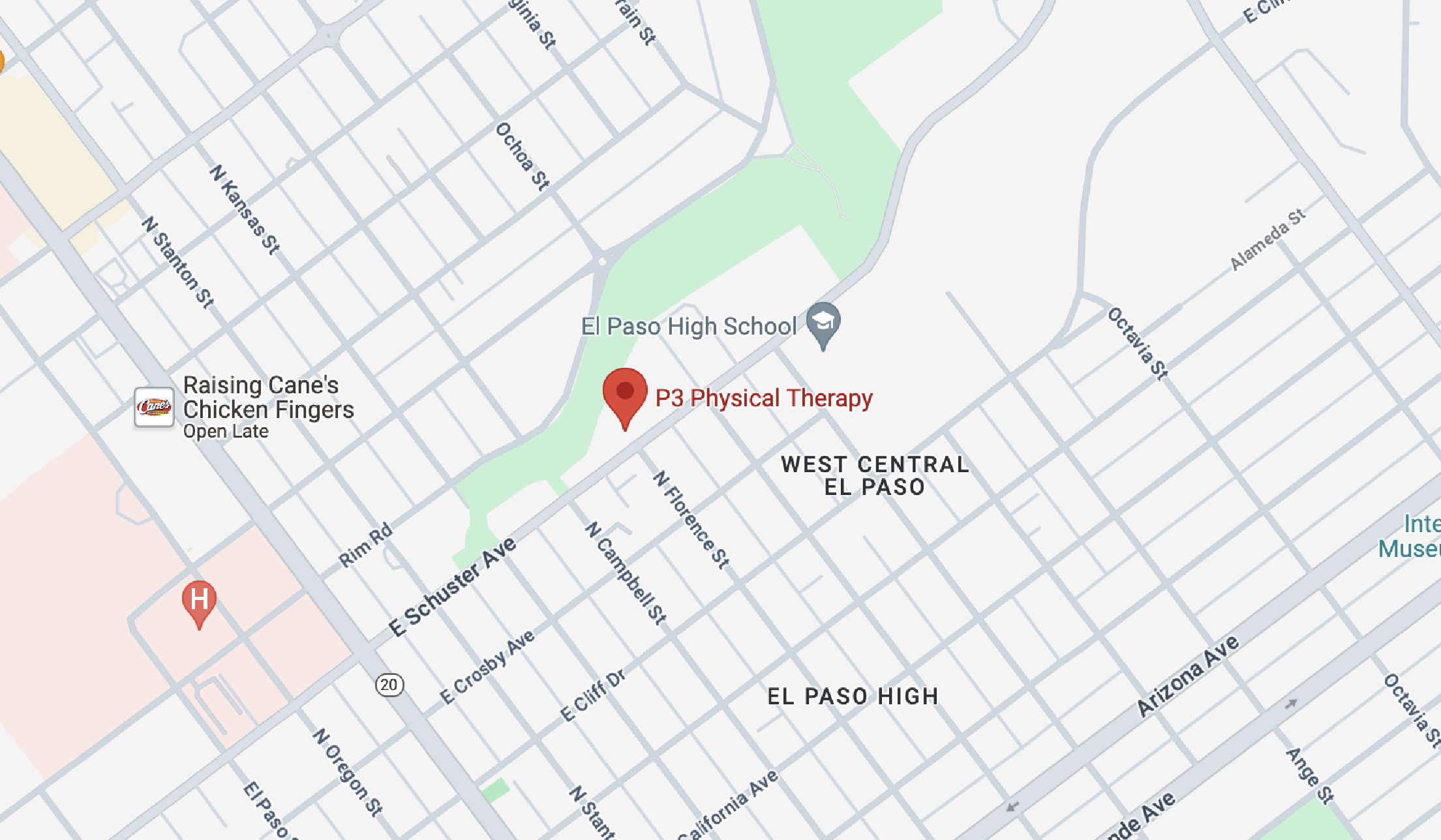A hot rod pressed against your head. The sensation of stabbing pain with any incoming light. Needles poking the back of your eyeballs. The sense that your head is being compressed and forced into a tiny little cube.
Those are just a few of the sensations a migraine sufferer might describe. Physical therapy for migraines is one possible solution.
Most people experience or have experienced a headache at some point or another. One out of six Americans experience migraines—a neurological disease characterized by debilitating headaches, throbbing, pain, and other symptoms. Despite its prevalence, however, people often suffer quietly, unaware of the therapeutic options available.
While “cures” for these unsavory episodes are elusive, a deeper understanding of what causes these episodes has led to a wide range of interventions by physical therapists that provide consistent relief and management.
How is physical therapy used for migraines?
Let’s look at the details.
Physical Therapy and Migraine Treatment
First, let’s define migraines. As defined by the Migraine Research Foundation, these are more than just headaches. They are characterized by debilitating neurological symptoms that range in degree. Many migraines also include these symptoms:
- Visual disturbances
- Nausea
- Sensitivity to light
- Vomiting
- Dizziness
Migraine sufferers fear these episodes. They can become so disruptive that it begins to alter a person’s ability to function, go to work, or engage in normal day-to-day activities.
The disorder stems from the central nervous system and involves the blood vessels. Many migraines originate in the neck and are therefore called cervicogenic headaches.
How Are Migraines Treated?
Because every person is different, the approach to their migraines will typically involve some trial and error in finding what might work best for them. Some of the most common approaches, however, include the following:
- Some form of dietary modification. This means avoiding alcohol, drinking more water (to ensure hydration), and avoiding caffeine.
- Vitamins and medicines. Epilepsy medications and blood pressure medicines have proven somewhat effective against migraines.
- Physical therapy. Various forms of physical therapy interventions have also been shown to help people prevent and manage migraine symptoms.
How Does Physical Therapy Help Migraines?
Migraines can be caused by different triggers. Many patients with migraines seem to have corresponding musculoskeletal dysfunctions or problems in the neck or spine. A recent study showed that 89% of patients with migraines reported local or referred pain in the head when there was pressure in the higher areas of the neck. Common triggers include stress, muscle weakness or tightness, medications, certain foods, or alcohol and drugs.
So a physical therapist can treat migraines with three main approaches:
- Manual Therapy: When a migraine is triggered because of joint or muscle stiffness, focused techniques can alleviate this and increase circulation, decrease inflammation, help with tension or spasms, and improve muscle performance. Some of the common manual therapies used to treat and alleviate headaches or cervicogenic headaches include a combination or targeted use of spinal manipulation, massage, stretching, connective tissue therapies, myofascial therapies, dry needling, or other neuromuscular approaches.
- Targeted Exercise: If the root cause of someone’s headaches might be due to stress or inflammation, certain types of targeted exercise regimens can propel improvement in these areas. Therapeutic exercises such as chin tucks, upper trapezius stretching, turning your head side to side, and retraction of the scapula can relieve pain.
- Individualized education. When working with a physical therapist, they might be able to help you identify the very specific triggers that cause your headaches. Physical therapists must commonly find individualized programming for patients. Their work is all about customized treatment plans. By working with a PT, patients can become proactive and prevent these headaches and avoid certain foods or substances that might cause these episodes.
If the Problem Begins at the Joints or Neck
Many patients will discover that their headaches and migraines are a result of musculoskeletal issues. Sometimes this can be due to referred pain.
- The trapezius muscle of the shoulder is a common culprit. This is because due to bad posture, long hours of slumping in front of the computer can lead to accumulated tension in areas that refer to pain in the neck and temple.
- The neck area can also trigger a migraine headache through the cervical spine and muscle tightness. When patients suffer from neck or jaw dysfunction or problems, it can eventually cause the neck area to begin a migraine.
Dry Needling and Tension-Type Headaches
The use of dry needling techniques has also been found to be quite effective on some headaches. It can be a short-term pain relief treatment for headaches but also improve any disability that is caused by those headaches. Dry needling can be used as a treatment for tension-type headaches, cervicogenic headaches, or migraines. One study showed that one out of every two patients with tension-type headaches showed a decrease in the intensity of the pain and less experienced disability when treated with dry needling.
Looking for Relief For Migraines or Headaches? Talk to Your Physical Therapist Today
Migraines are a real crutch for people. They bleed into a patient’s activities and responsibilities by sometimes rendering them almost incapacitated, bound to the bed, or keeping them in dark rooms. While every patient is different, physical therapy can be a way to improve symptoms or even help prevent the triggers of your migraine.
Want to learn more about migraine treatments with physical therapy? Connect with P3 Physical Therapy today and speak to someone that can help.



